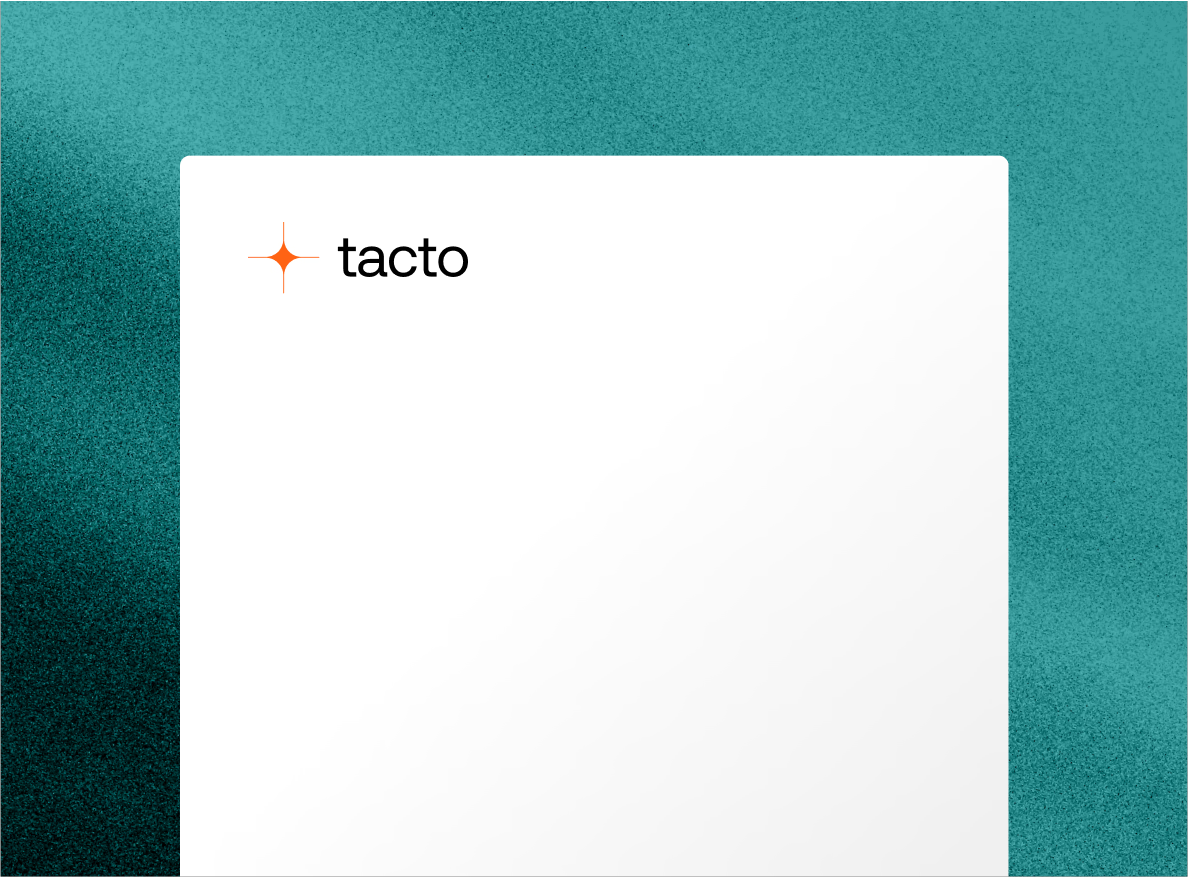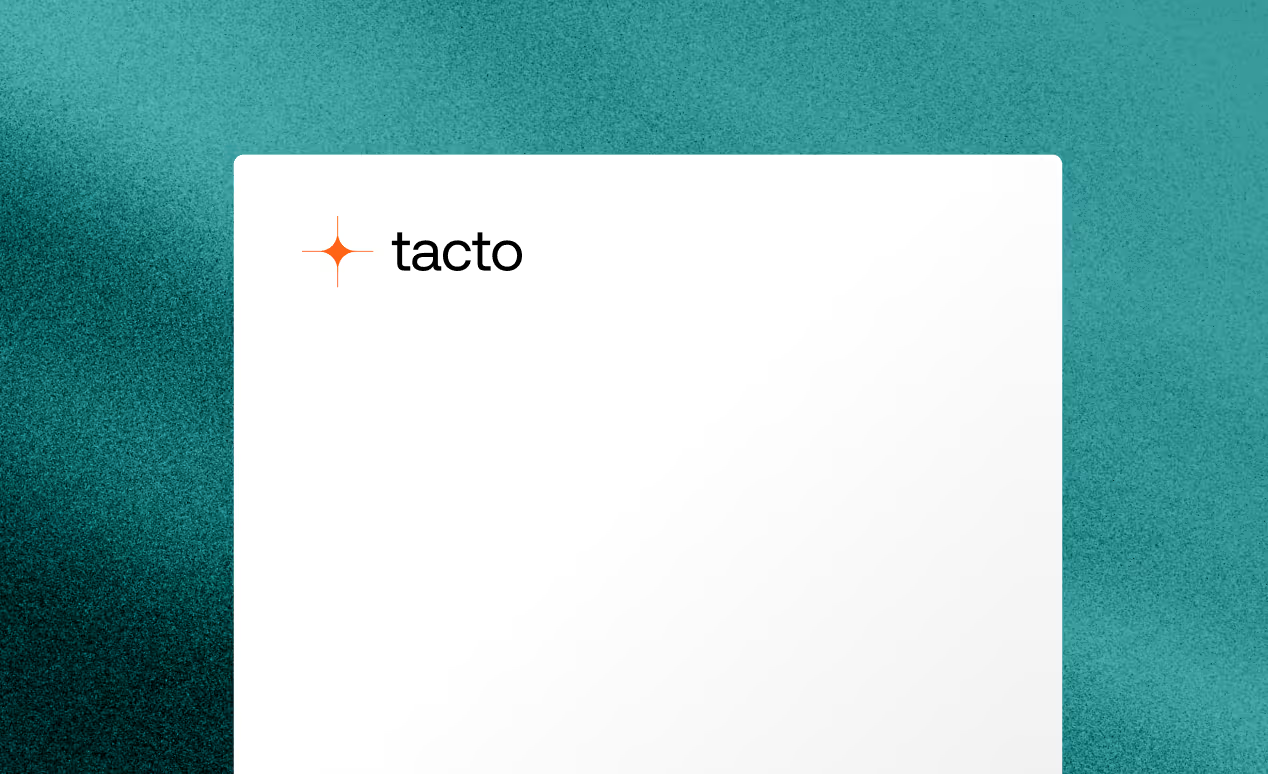Procurement Glossary
Quantity bundling: definition & important aspects for buyers
Volume bundling enables companies to achieve cost benefits and build up competitive advantages by cleverly combining products and services. This structured overview shows you how you as a buyer can systematically tap into the potential of volume bundling and thus generate measurable savings for your company.
Volume bundling in a nutshell:
Quantity bundling describes the systematic grouping of requirement quantities from different departments, locations or time periods into a common procurement quantity. This strategy enables Procurement to utilize economies of scale and achieve better conditions through increased negotiating power with suppliers.
Example: A company with three locations bundles its annual requirements for office supplies (location A: €15,000, B: €12,000, C: €18,000) into a total tender of €45,000 and thus achieves an additional volume discount of 15% compared to the previous individual orders.
Introduction to volume bundling
Quantity bundling is an important strategic measure in corporate procurement management and Procurement . It refers to the systematic grouping of required quantities of the same or similar products in order to achieve better conditions from suppliers through larger purchasing volumes. This strategy is becoming increasingly important in times of globalized markets and rising cost pressure. By bundling purchasing volumes in a targeted manner, companies can not only realize price advantages, but also strengthen their negotiating position and optimize process costs. In this guide, you will learn about the most important aspects of volume bundling, its advantages and challenges as well as practical implementation strategies.
What is volume bundling?
In Procurement , volume bundling refers to the strategy of combining similar or identical requirements of a company or several business units in order to order larger total volumes from suppliers. The bundling of quantities increases the negotiating power with suppliers, which can lead to better conditions such as price discounts, longer payment terms or additional services. The main aim of volume bundling is to reduce costs and increase efficiency in the procurement process.
Core elements of volume bundling
Importance of volume bundling in Procurement
Volume bundling plays a decisive role in optimizing purchasing strategies. It enables companies to achieve better market positions and benefit from economies of scale by increasing order volumes. It also contributes to the standardization of procurement processes and promotes efficiency through reduced process costs and less administrative effort.
Volume bundling: from decentralized Procurement to strategic volume management
Volume bundling is a key element in modern procurement management, which aims to achieve significant cost savings and efficiency gains by combining requirements from different areas of the company. Based on the theoretical foundation that larger order volumes lead to better conditions, it is clear in practice how important it is to implement this strategy effectively. The shift from traditional to modern approaches is necessary in order to meet the increasing demands of the market and secure competitive advantages.
Old: Decentralized procurement
Traditional approach:In traditional decentralized procurement, individual departments or locations act independently of each other. Each department orders the required materials and services individually, often without knowledge of the requirements analysis of other units. This leads to smaller order quantities, less negotiating power and higher prices. There is also a lack of centralized data and standards, which can lead to inefficient processes and redundant orders. The challenges of this approach lie primarily in the lack of transparency, the increased administrative effort and the missed savings opportunities due to a lack of synergies.
New: Strategic volume bundling
Volume Consolidation:The modern approach to strategic volume bundling uses advanced technologies and data analysis to identify and aggregate requirements across the company. The use of ERP systems and procurement logistics enables a central overview of all purchasing activities. Areas of innovation here include the automated determination of requirements, the central negotiation of framework agreements and the strategic selection of suppliers with global capacities. In practical terms, this results in improved purchasing conditions, increased efficiency and a stronger position on the market. It also enables companies to enter into closer partnerships with suppliers and jointly leverage innovation potential.
Practical example: Chemical industry
A global chemical company has achieved significant improvements by implementing strategic volume bundling. By centralizing the procurement of raw materials for all production sites worldwide, it was able to significantly increase its purchasing power. Concrete results were a 12% reduction in raw material costs and a 25% reduction in delivery times. In addition, the reduced number of suppliers led to simpler quality control and stronger business relationships. These measures helped to sustainably increase the company's competitiveness and improve margins.
Conclusion on volume bundling
Quantity bundling is an essential strategic tool in modern Procurement that enables significant cost savings and efficiency gains. By systematically pooling requirements, professional supplier management and digital process optimization, companies can strengthen their negotiating position and achieve sustainable competitive advantages. Despite certain challenges such as increased coordination effort and possible loss of flexibility, the advantages clearly outweigh the disadvantages. The key to success lies in careful planning, digital support and continuous development of the bundling strategy.





.png)
.png)
%20%E2%80%93%20Jakob%2C%20Ines.png)
%20%E2%80%93%20Jan%2C%20Jacob.png)
.png)
.png)


.png)
